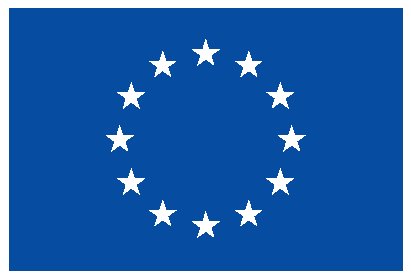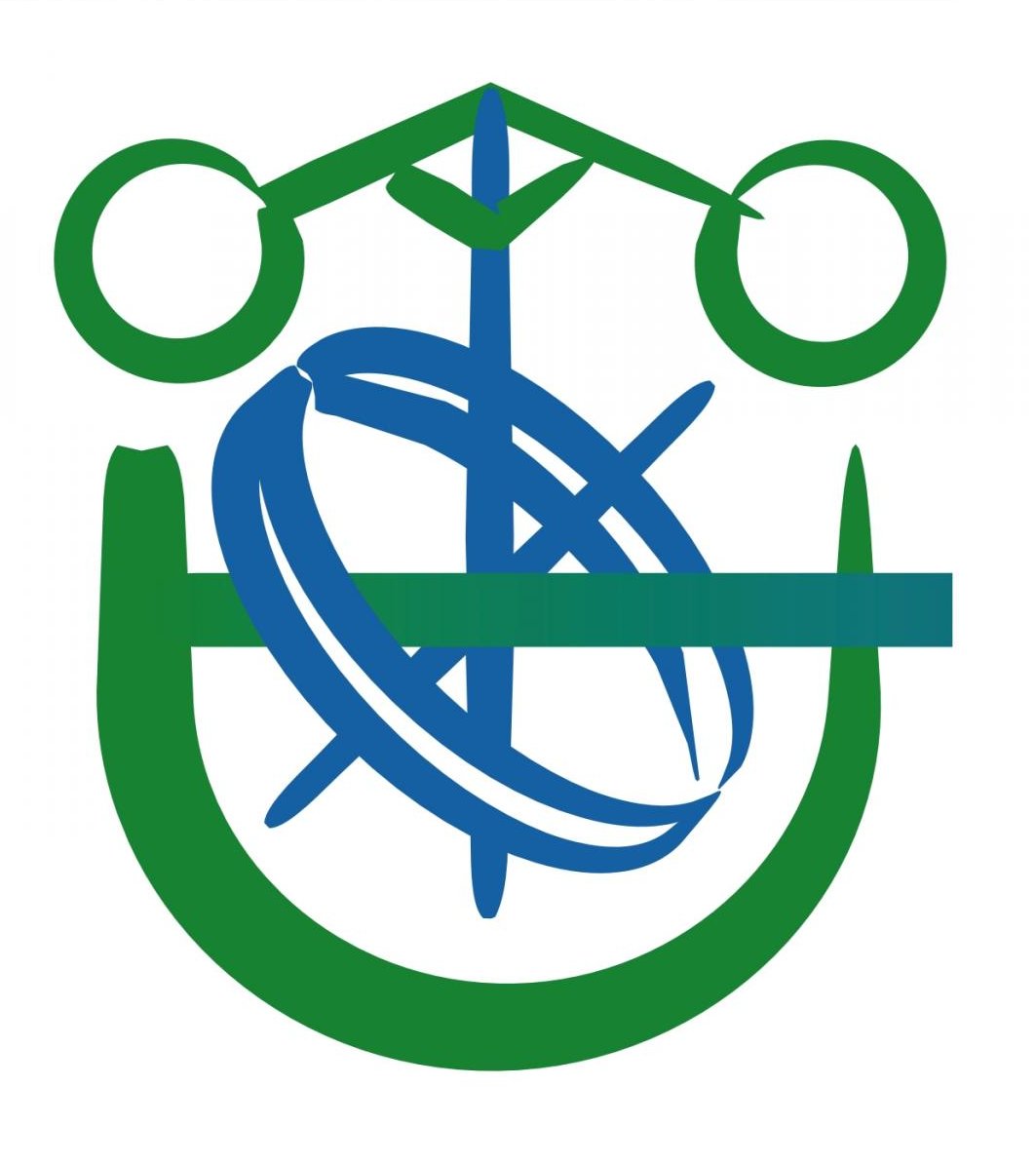Cumulative exposure to tacrolimus and incidence of cancer after liver transplantation
Hits: 3026
- Research areas:
- Uncategorized
- Year:
- 2022
- Type of Publication:
- Article
- Keywords:
- Hepatocellular carcinoma, immunosuppression, malignancy, neoplasm, tacrolimus
- Authors:
-
- Rodríguez-Perálvarez, Manuel
- Colmenero, Jordi
- González, Antonio
- Gastaca, Mikel
- Curell, Anna
- Caballero-Marcos, Aránzazu
- Sánchez-Martínez, Ana
- Maira, Tommaso Di
- Herrero, José Ignacio
- Almohalla, Carolina
- Lorente, Sara
- Cuadrado-Lavín, Antonio
- Pascual, Sonia
- López-Garrido, María Ángeles
- González-Grande, Rocio
- Gómez-Orellana, Antonio Manuel
- Alejandre, Rafael
- Zamora-Olaya, Javier
- Bernal-Bellido, Carmen
- Journal:
- American Journal of Transplantation
- Volume:
- 22
- Number:
- 6
- Pages:
- 1671-1682
- Month:
- March
- ISSN:
- 1600-6135
- BibTex:
- Note:
- JCR(2022): 9.369 Position: 2/24 (Q1) Category: TRANSPLANTATION.
- Abstract:
- Cancer is the leading cause of death after liver transplantation (LT). This multicenter case–control nested study aimed to evaluate the effect of maintenance immunosuppression on post-LT malignancy. The eligible cohort included 2495 LT patients who received tacrolimus-based immunosuppression. After 13 922 person/years follow-up, 425 patients (19.7%) developed malignancy (cases) and were matched with 425 controls by propensity score based on age, gender, smoking habit, etiology of liver disease, and hepatocellular carcinoma (HCC) before LT. The independent predictors of post-LT malignancy were older age (HR = 1.06 [95% CI 1.05–1.07]; p r internal neoplasms (after excluding non-melanoma skin cancer). Therefore, tacrolimus minimization, as monitored by CET, is the key to modulate immunosuppression in order to prevent cancer after LT.
- Comments:
- JCR(2022): 9.369 Position: 2/24 (Q1) Category: TRANSPLANTATION.







